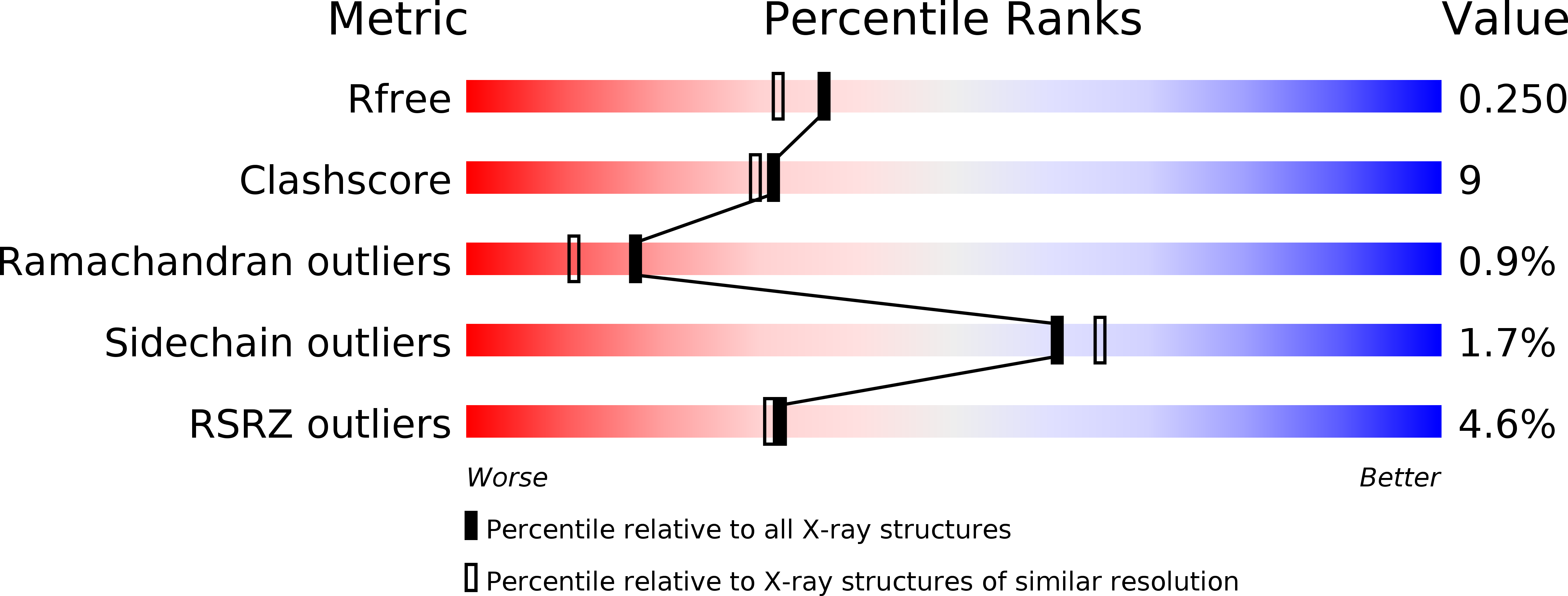
Deposition Date
2006-07-13
Release Date
2006-07-25
Last Version Date
2024-11-20
Entry Detail
PDB ID:
2HO1
Keywords:
Title:
Functional Characterization of Pseudomonas Aeruginosa pilF
Biological Source:
Source Organism:
Pseudomonas aeruginosa (Taxon ID: 208964)
Host Organism:
Method Details:
Experimental Method:
Resolution:
2.00 Å
R-Value Free:
0.24
R-Value Work:
0.20
R-Value Observed:
0.24
Space Group:
P 21 21 2


